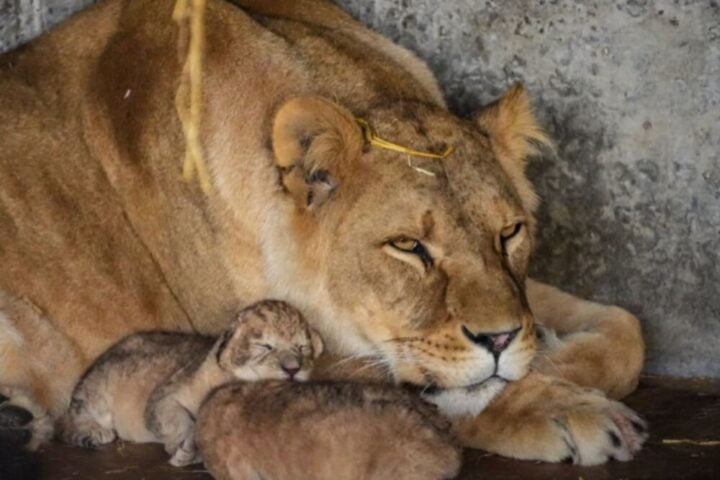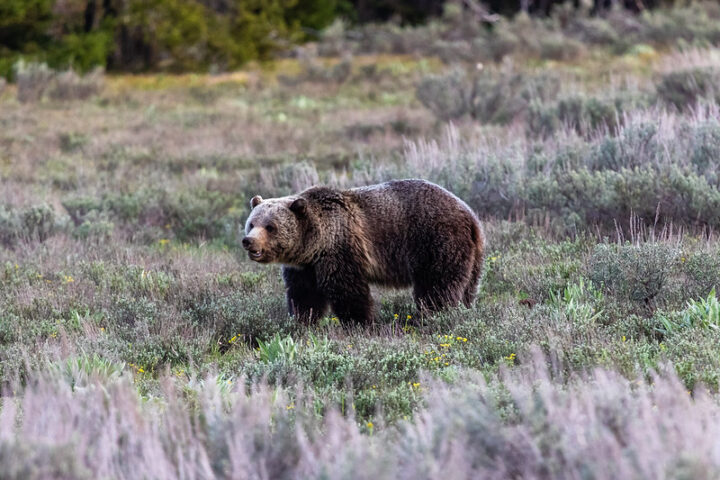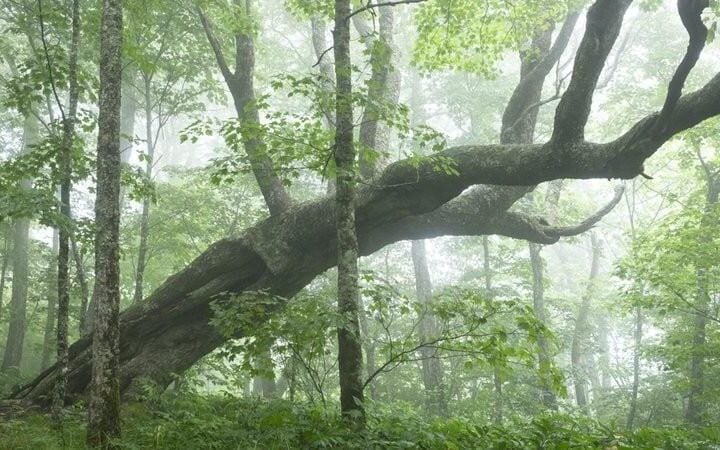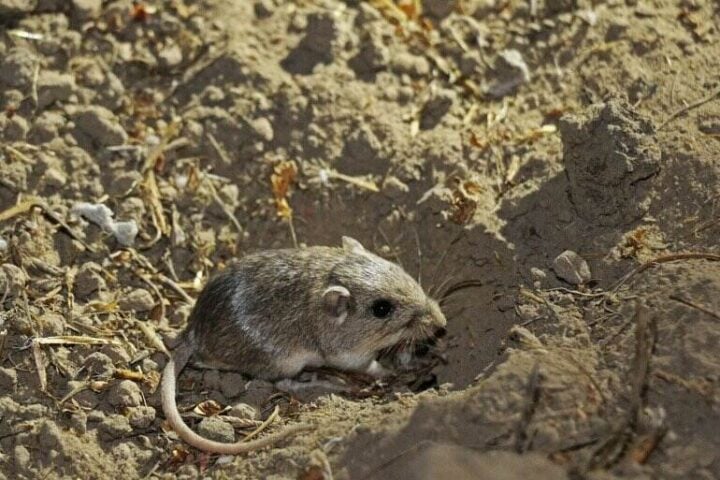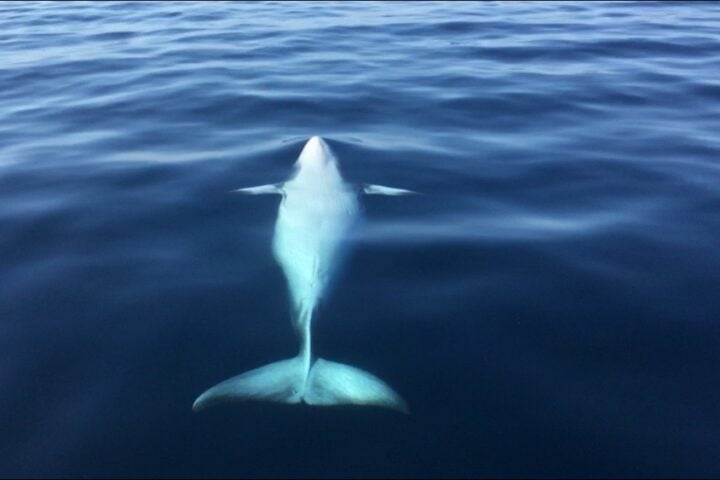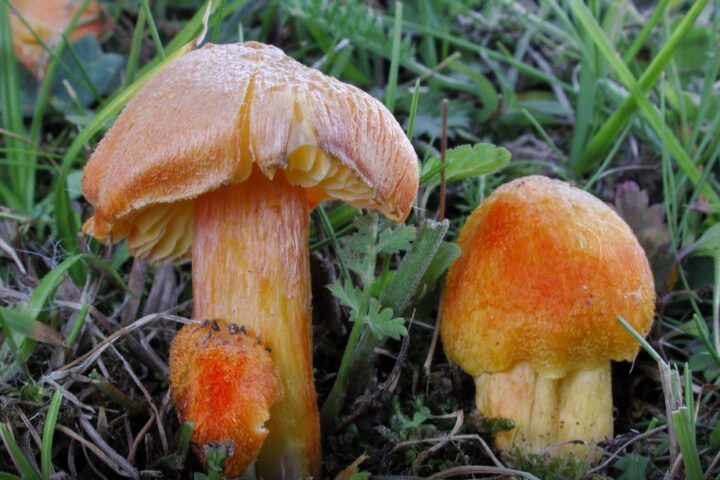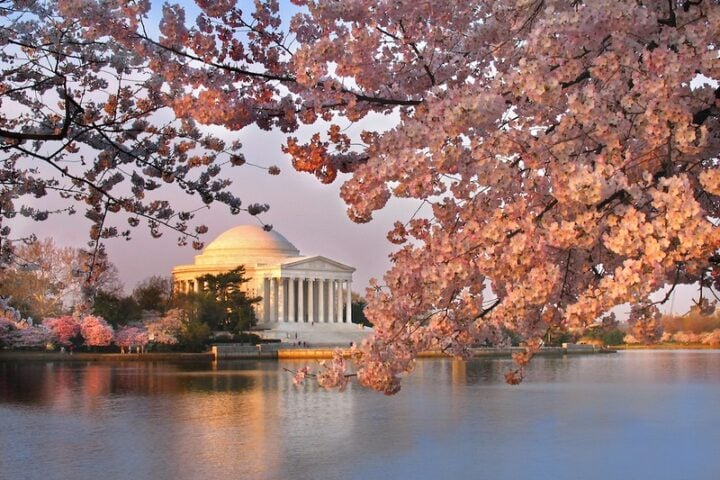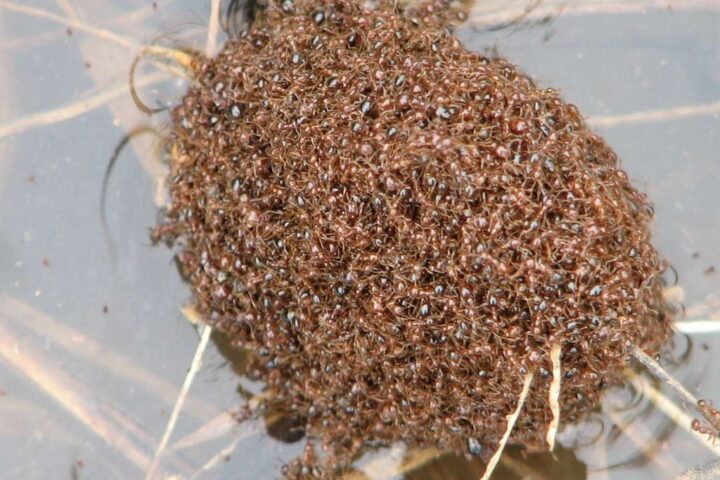Also known as lightning bugs, fireflies hold a special place in the hearts of many people across the United States. Joy and wonder are brought by these cherished insects with their mesmerizing flickering lights on warm summer evenings.

There are over 170 species of fireflies in North America alone, and globally, there are more than 2,000 types that have existed for millions of years. Some firefly species, unfortunately, are facing the threat of extinction.
The decline of the firefly population is caused by habitat loss,the excessive use of pesticides, climate change, and increasing light pollution. Depending on the genetic makeup and environments of different species, the impact of these hazards varies.
The International Union for Conservation of Nature (IUCN) Red List of Threatened Species and the Xerces Society have identified several firefly species at risk. 11% out of 128 species assessed by the IUCN are classified as threatened with extinction, and 2% are considered near threatened.
Imagine a beautiful late spring night, with the sun having set and Stars emerging in the sky. You notice, stepping outside, a growing number of people in the field before you.
Similar Post
A few feet above the ground, fireflies dance and flash in the air, creating a sense of wonder in the world. Scientifically classified as Lampyridae, these magical insects belong to a family of soft-bodied beetles.
While all fireflies emit light at some point in their life cycle, some lose their bioluminescence as they reach adulthood. Primarily, fireflies glow for courtship,as males use their flashing light patterns to attract mates.
This bioluminescent display also serves as a defense mechanism against predators. A chemical reaction is the cause of the glow of fireflies. By activating a compound called luciferin, they regulate oxygen in their abdomens. Combined with the organic compound ATP, this oxidizes the luciferin and creates a new chemical compound, resulting in the firefly’s signature glow.
Found across the world, excluding Antarctica, fireflies prefer warm and humid states in the United States, predominantly east of the Rocky Mountains. The glow of some fireflies that live farther west is often undetectable to the human eye. The status of the conservation of fireflies varies.
Some states have taken steps to safeguard them, while fireflies as a whole are not federally protected or endangered in the United States. Firefly is even honored as the state insect in Tennessee, Pennsylvania, and South Dakota. In Pennsylvania, efforts are underway to preserve their natural habitats and encourage population growth by reducing light pollution.
Certain firefly species, unfortunately,face a higher risk of disappearing. Collaborating with the International Union for Conservation of Nature, the researchers have identified 18 firefly species as threatened with extinction, including the critically endangered Bethany Beach firefly.
It is suggested by estimates that over 14% of firefly species in the United States and Canada qualify as endangered or vulnerable. Owing to insufficient data, the actual number of firefly species facing endangerment or extinction may be even higher.
Light pollution and habitat loss continue to pose significant threats to fireflies. Without action, the number of threatened species will likely increase. For individuals, it is crucial to take steps to protect firefly populations.
Not capturing or killing fireflies, reducing outdoor lighting, creating firefly habitats with water features, engaging with local wildlife agencies, spreading awareness about the risks to fireflies, participating in citizen science projects like Firefly Watch, avoiding pesticides, and sharing the wonder of fireflies with friends and family are some suggestions for conservation of the world of wonderful fireflies.



